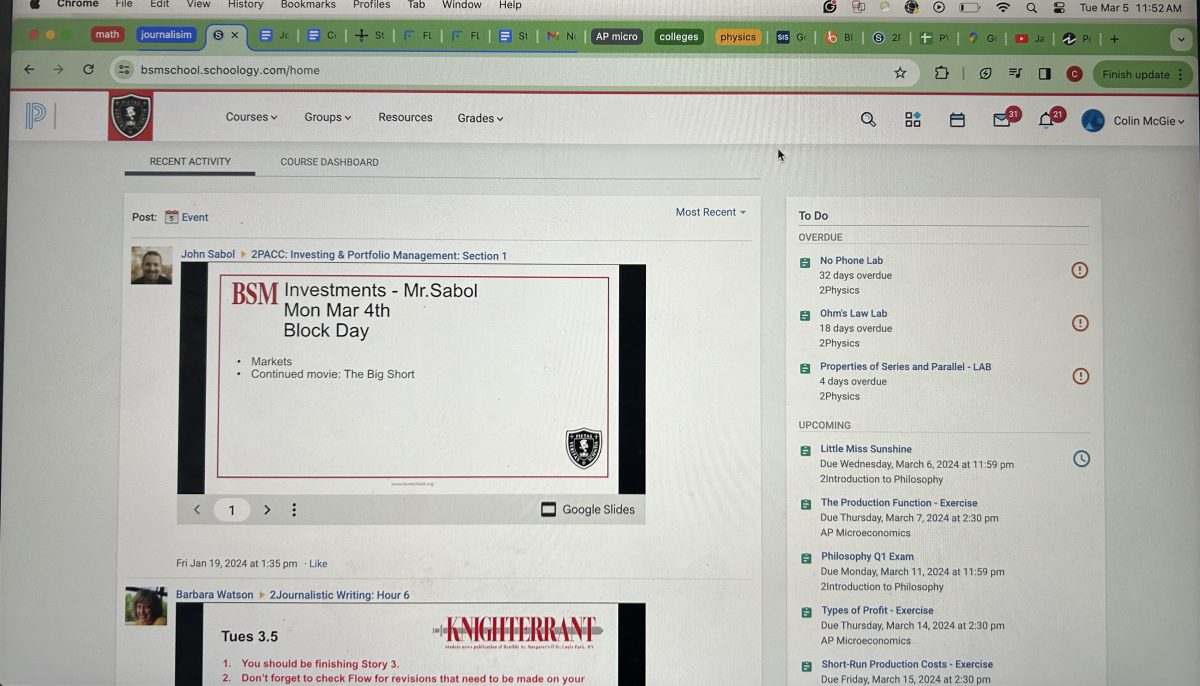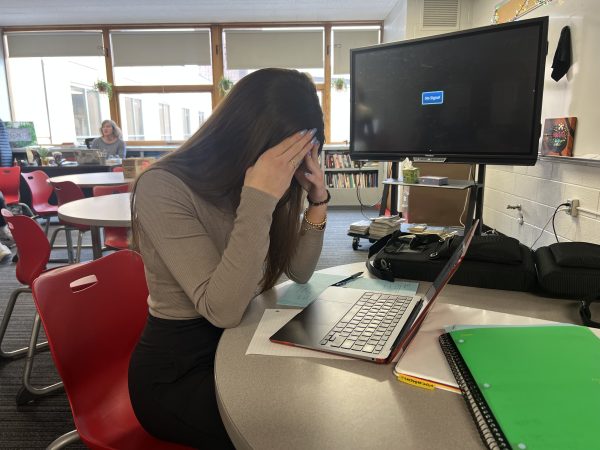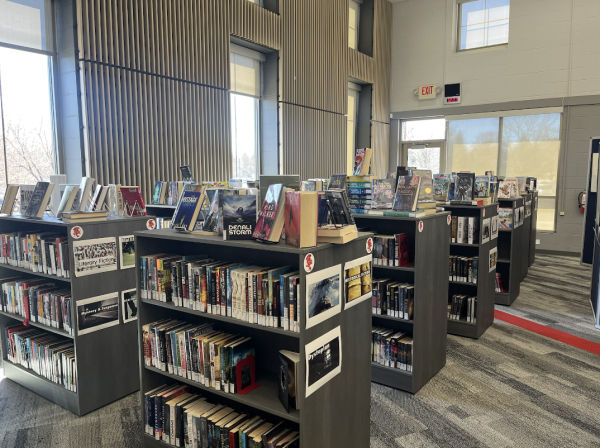Block days, every day
January 9, 2015
When block days are on the schedule it leaves people with one of two distinct reactions: excitement or dread. Although the idea of extended class periods sounds daunting and unproductive, in many ways it creates a more laid back yet efficient schedule. Instead of having to finish all projects and assignments in one night, there are two. Instead of having only one night to cram in all the information and study for a test, there is more time. Block days make school seem less stressful and more enjoyable by cutting the work in half.
All students can relate to the struggle of having an eight period class schedule and finding time to do schoolwork for up to seven class periods every night, often finding themselves in a situation where there are two tests, a project, and homework all falling on the same day. Block days only have four classes per day which means that students have double the time to complete their homework. This would allow students to spread out their homework so they could focus on just four of their classes instead of being overwhelmed by insurmountable piles of homework that keep them up for hours into the night. I know that I put less effort into some homework because I don’t have enough time to focus on it because of other assignments. Block days have helped me to become more thorough on assignments because I have more time to finish and I’m able to focus on one topic for longer periods of time.
Along with that, BSM students have schedules filled with sports, activities, volunteering, and jobs that can make it hard to find time to work on every single class, forcing students to pick and choose which classes they can actually accomplish at night. For me, it is difficult to find time to balance all my daily obligations inside and outside of school. Part of the block schedule allows students to have a full hour of wellness to work on homework or study for tests.
Students often dread the extra long classes, but the extra twenty minutes allow teachers to cover their lesson plans and while reinforcing the material with various kinds of teaching including video examples, labs, or projects. In one of my block science periods, we were able to go over questions on the homework due on that day, then complete a lab and finish the homework for the following night. In an English class, a teacher was able to show a clip of a movie that would have otherwise not fit in with the limited regular class periods to reinforce the novel we were reading in class.
Students are often surprised by the amount of time that a block lunch schedules allow because of the typical lunch system. Instead of giving students twenty minutes to go through the lunch line that can sometimes stretch back to the main hallway (don’t even get me started on make your own pasta bar days) to inhale our lunches, block days give us thirty relaxing minutes to calmly eat our lunch and converse with friends. Studies have shown that eating slowly can prevent extraneous calories by giving the brain receptors time (around 20 minutes) to register that the stomach is full and more satisfied. By giving us time to fully digest our food, block lunches improve a student’s wellness.
This schedule wouldn’t only help the students, it would also help the teachers. By spreading out class periods, teachers would have less classes per day, and therefore more time to grade tests and assignments. By having block days, teachers won’t have to rush through a lesson, which also gives students more time to ask questions or go over the notes. This helps students to do better on exams after having full comprehension of the material.
Those who dread block days can find that they are not used to the extra time, and that it is not necessary in order to complete their daily tasks. Some say that their homework load is doubled by the prolonged periods. Other than that, there are very few complaints about the more laid back classes.
Block days relieve students’ stress in many ways. Only having four classes a day lessens the amount of nightly homework and studying that students have to do . It also gives teachers the opportunity to maximize the time spent during class.























































Michael Hawkins • Jan 9, 2015 at 10:06 pm
Pretty persuasive writing.
I wonder what the other side might submit.
M. Hawkins